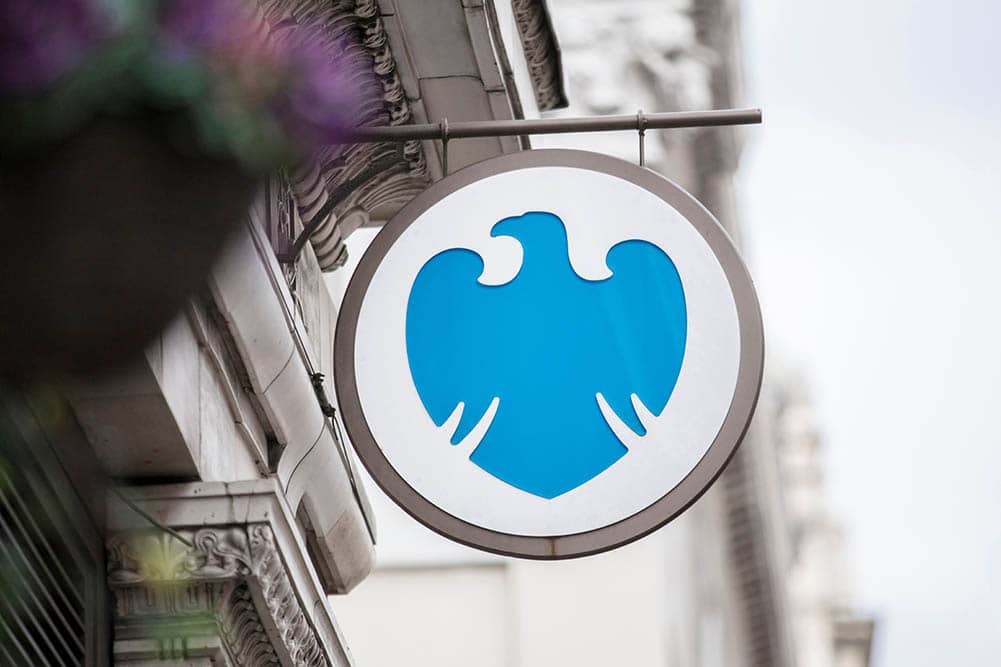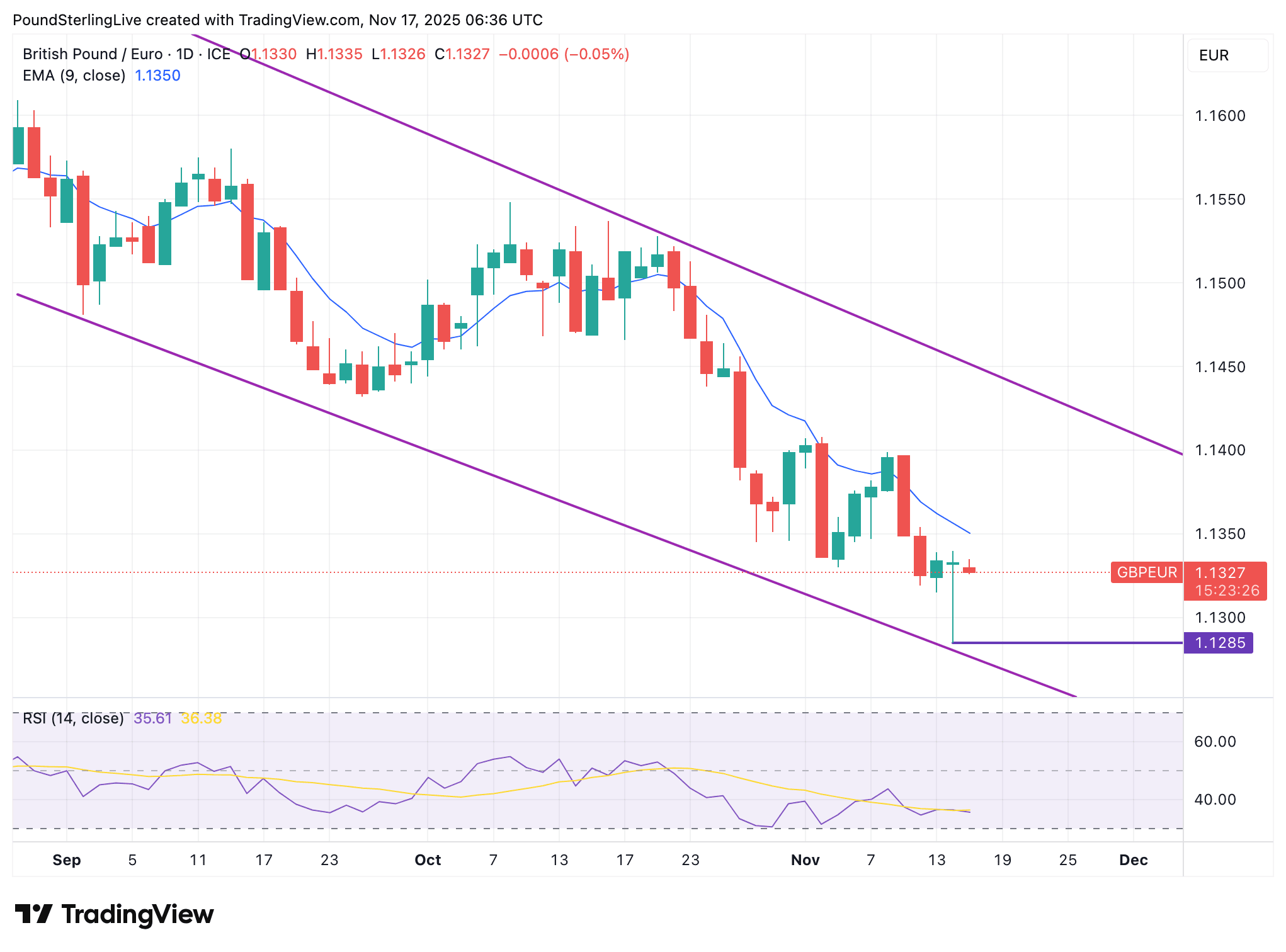
Image © Adobe Images
Barclays expects pound sterling to recover against the euro in 2026.
Barclays expects pound sterling to recover against the euro in 2026, but only if the UK restores fiscal credibility at November’s Budget amid an economic backdrop that analysts say still carries clear stagflationary features.
The bank says sterling’s fortunes are now "inherently linked" to the 26 November statement, which it says does not require an unusually high standard to rebuild confidence.
? "The bar for a credible Budget should not be particularly high given more positive underlying fiscal dynamics than in other G10 peers," Barclays says in a research briefing released November 17.
The forecast comes at a time when the pound remains weighed down by a fiscal premium the bank estimates at roughly 2.5 %. Citi recently noted that UK assets have shown outsized sensitivity to fiscal headlines, with gilt moves leading sterling price action and interbank FX volumes spiking during periods of uncertainty.
? Barclays notes that months of speculation about the size of the UK’s fiscal gap, the measures needed to close it and uncertainty regarding government stability have kept this premium in place.
It says a convincing set of decisions in November would help remove this discount, though residual political risks could "pose headwinds for a while."
Above: Recent GBP/EUR action.
The analysis is consistent with earlier warnings from other institutions that the UK’s macroeconomic mix remains challenging for sterling in the near term.
UBS has characterised the UK economy as already being in a stagflationary situation, highlighting inflation that continues to surprise to the upside and growth that remains below potential.
Danske Bank has said domestic demand, the UK’s relative growth performance and upcoming fiscal tightening are increasingly becoming negatives for the currency.
? Recent business surveys have reinforced these concerns, with the CBI pointing to sluggish underlying activity despite a stronger first quarter and stressing that higher employment costs are weighing on investment and hiring decisions.
PMI data for August suggested the economy expanded, but firms continued cutting back on jobs owing to heavier tax burdens on employment.
Concerning the Bank of England, Barclays says interest-rate expectations are unlikely to dominate sterling’s next moves, reinforcing its focus on fiscal execution.
? “Terminal rate pricing c.3.5 % is broadly appropriate, in our view, and therefore should not be a major factor for GBP trends,” Barclays says, referencing money market pricing that shows investors think the Bank of England will cut on two more occasions.
Instead, the bank expects the pound to strengthen gradually once the Budget risk clears and markets refocus on relative growth, improved fiscal dynamics and rate-consistent valuations.
Its updated forecast points to a return of EUR/GBP towards “c.0.85-0.86,” implying a firmer pound in 2026.
EUR/GBP of c.0.85-0.86 gives a pound to euro conversion of 1.1760-1.1630.
? For those with money-transfer needs in the coming months, Barclays’ outlook implies that sterling could remain vulnerable until the Budget given the heightened political and fiscal sensitivity embedded in markets.
This suggests that euro buyers face a period of near-term volatility where the pound may struggle, while euro sellers may find current levels attractive before a potential GBP recovery in 2026.
The broader message across recent research is that the UK’s path out of this phase of weak growth, persistent inflation and fiscal uncertainty depends heavily on policymakers delivering clarity and credibility in November.
If that happens, Barclays argues that the pound’s medium-term path should shift higher, allowing sterling to begin undoing the fiscal premium that has weighed on it for most of the year.

